[GHHF] In Assam, Love Jihad awareness meeting was organized by the Hindu Advocates Forum, in collaboration with Adhivakta Parishad, to protect Hindu girls.
Global Hindu Heritage Foundation of Assam, under the leadership of Samrat Dutt, organized an awareness campaign to Hindu families about the extent of Love Jihad, the seriousness of Love Jihad, the dangers of it, and how the families are being deceived.
The term Love Jihad is used to allege a ploy to lure Hindu women into religious conversion through deceitful marriage. Assam Chief Minister Himanta Biswas Sarma was planning to bring a law providing for life imprisonment in cases related to Love Jihad to prevent forced conversions.
More than 200 Hindus participated. A booklet on love jihad has been distributed amongst all the participants. I spoke on love jihad and elaborately discussed the verses of the Quran and the Muslim Marriage Act.
1. For the last two years, GHHF Assam has been running a project called Griha Sampark Abhiyan, and in this program, we have touched more than 2000 Hindu families. Our cadets are knocking on the doors of Hindu houses and giving them a Booklet on love jihad. It is to be noted that we printed 5000 booklets on Love Jihad, and 2200 books have already been distributed amongst Hindus.
2. Organized more than 100 village meetings, conducting awareness meetings with ladies and girls to raise awareness about Love Jihad, how Muslims trap the girls, and how they are deceived and converted to Islam.
3. Launched Tejaswini to counter love jihad. Currently, we have 550 women members who are directly working to counter Love Jihad. And protect Hindu girls.
4. Through Tejaswini, we are organizing free martial art classes for School and college-going girls.
The Hindu families were reminded that Hindu women are given the highest respect compared to women of any other religion.
In Islam, “Men are in charge of women by [right of] what Allah … So righteous women are devoutly obedient, guarding in [the husband's] absence what Allah would have them guard. But those [wives] from whom you fear arrogance - [first] advise them; [then if they persist], forsake them in bed; and [finally], strike them. But if they obey you [once more], seek no means against them. Indeed, Allah is ever Exalted and Grand.” (4:34)
Research has shown that Muslim men deliberately entrap Hindu girls, and they get huge funds for this purpose. Nirmal Kaur, a retired IPS Officer, expressed her opinion during the NDTV prime-time debate on November 14. The persons executing the entrapment of Hindu women are provided with motorcycles or heavy monetary assistance. These individuals also receive all required legal aid. Many similar cases are emerging. In a way, this is being supported by their subculture. Their community has started accepting and making their people believe that woman has no feelings, and no value in society. They see her as an object.”
Please support these activities with your donations.
By Zelle: ghhfusaorg@gmail.com
PayPal: savetemples.org
By Check: Payable to: GHHF at 14726 Harmony Lane, Frisco, TX 75035.
By Rupees: call 601-918-7111; +91 83096 43979.
{{album_1513}}





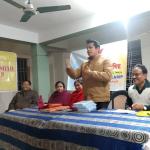
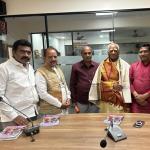

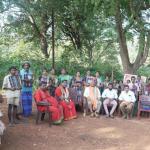

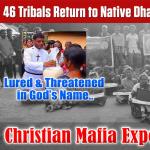

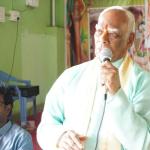


 Urgent support needed for Bangladesh Hindus
Urgent support needed for Bangladesh Hindus 



